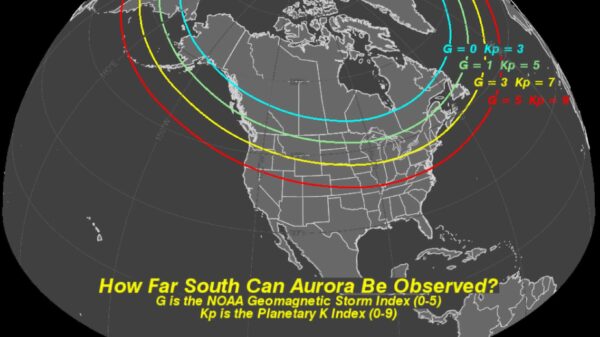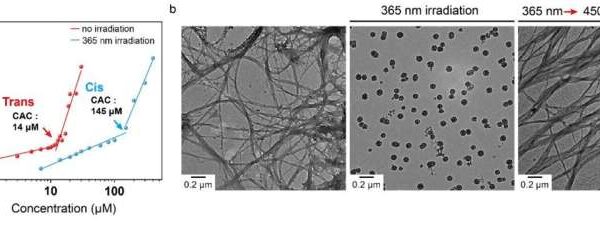A team of international astronomers has successfully imaged a young gas giant exoplanet orbiting a star in the HD 135344 AB system, located approximately 440 light-years away in the constellation Lupus. The planet, designated HD 135344 Ab, is no more than 12 million years old and has a mass estimated to be around 10 times that of Jupiter. This discovery adds to our understanding of planetary formation, particularly in binary star systems.
Details of the Discovery
Led by Tomas Stolker from the Netherlands Research School for Astronomy, the research team utilized the SPHERE instrument on the European Southern Observatory’s Very Large Telescope (ESO’s VLT) to capture the faint light emitted by the potential planet. Initial observations raised uncertainty about whether it was indeed a planet or merely a background star. To confirm their findings, the team employed the GRAVITY instrument, which combines light from the VLT’s multiple telescopes for enhanced precision.
Over the course of four years, the researchers conducted seven observations, tracking the movement of the star and the planet together, effectively ruling out the possibility that it was a background star. Stolker expressed satisfaction with the results, stating, “We’ve been lucky. The angle between the planet and the star is now so small that SPHERE can barely detect the planet.”
Planet Formation Insights
The HD 135344 AB system consists of two young stars that orbit each other at significant distances. Notably, star A has completed its planet formation, while star B continues to exhibit a protoplanetary disk. This finding suggests that the timelines for planet formation can differ even within the same binary system.
The researchers’ observations indicate that the distance of HD 135344 Ab from its star resembles that of Uranus in our solar system. This interesting dynamic raises questions about the conditions under which gas giants can form and evolve in environments with multiple stars.
Future investigations will leverage the capabilities of the upcoming Extremely Large Telescope (ELT) to analyze the atmosphere of HD 135344 Ab. The team hopes this will offer deeper insights into the planet’s composition and evolutionary history. Additionally, they plan to extend their search for gas giants around other young stars, potentially uncovering more members of a population of exoplanets that have proven elusive thus far.
In summary, the discovery of HD 135344 Ab not only highlights advancements in astronomical imaging techniques but also opens new avenues for understanding the complexities of planet formation in binary star systems. The research findings have been documented in the journal Astronomy & Astrophysics and contribute significantly to the field of exoplanet studies.





































































